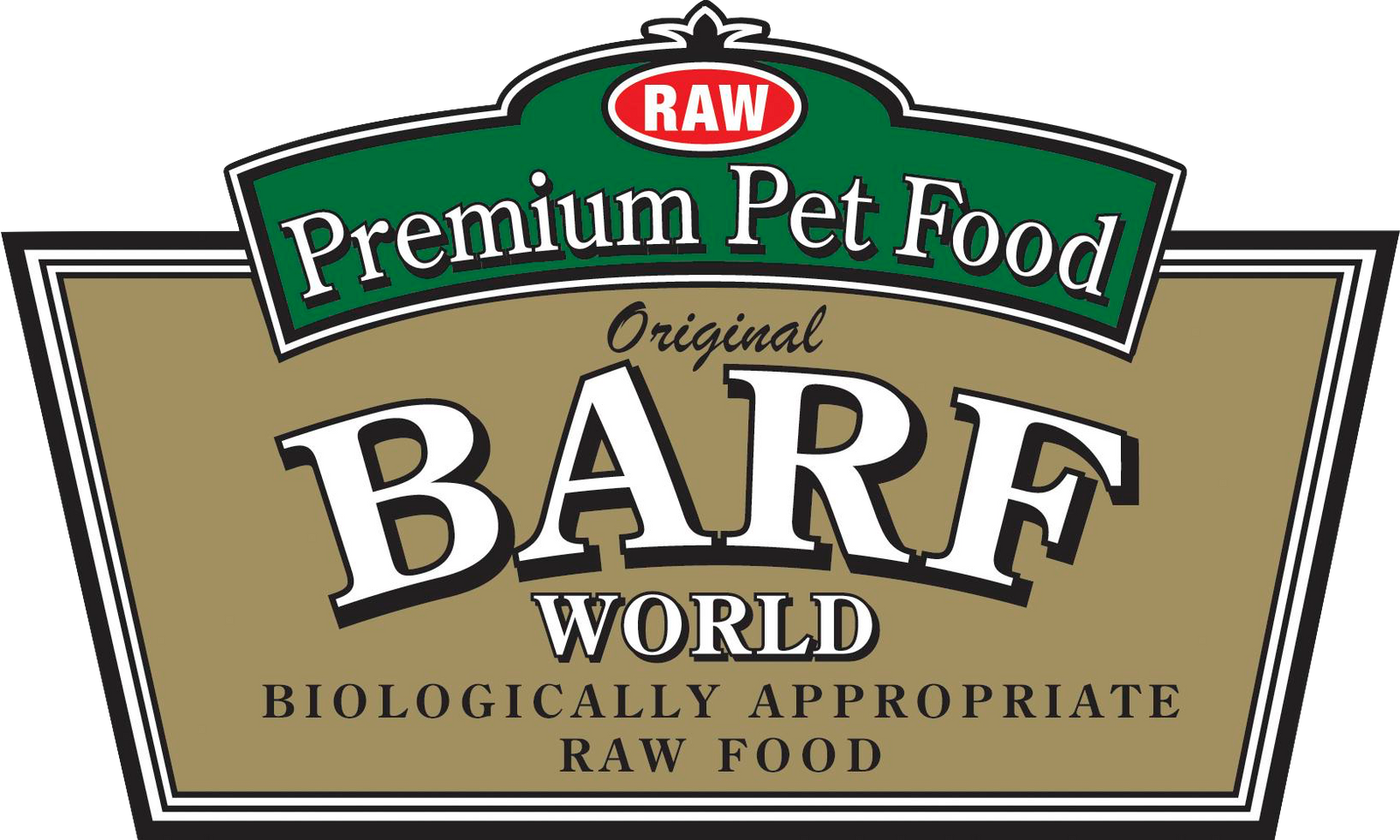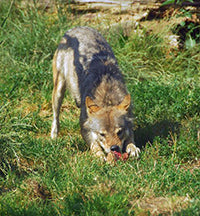Feeding a raw diet has a direct bearing on the health, longevity, and reproductive capacity of an animal. When an animal is fed raw meat, there is freedom from disease of the animal being fed at all life stages. This is particularly so where calcium, phosphorus and energy are concerned in relation to skeletal growth.
Feeding a raw meat diet with absolute levels and ratios of calcium and phosphorus are important to skeletal health This is equally as important as the sources of calcium and phosphorus together with the source of energy which drives skeletal and whole body growth. When considering the calcium/phosphorus ratios, the evolutionary diet is more tolerant than commercial dry food with ratios of calcium and phosphorus that fall outside the currently accepted limits.






